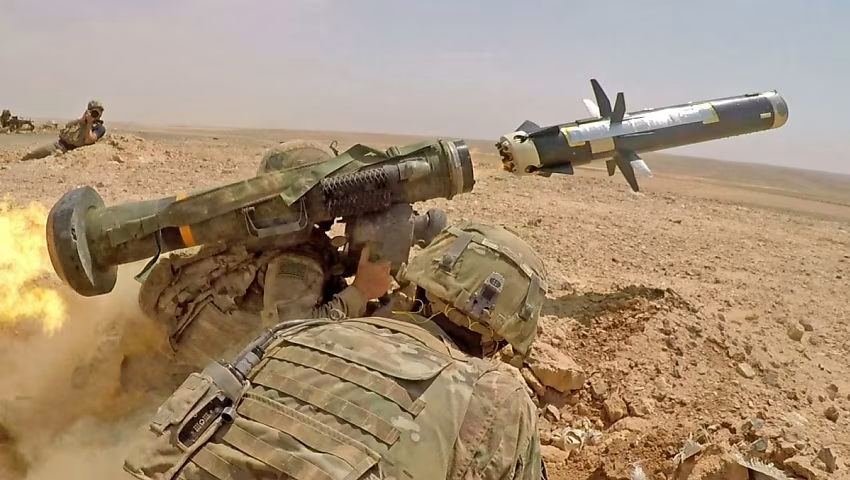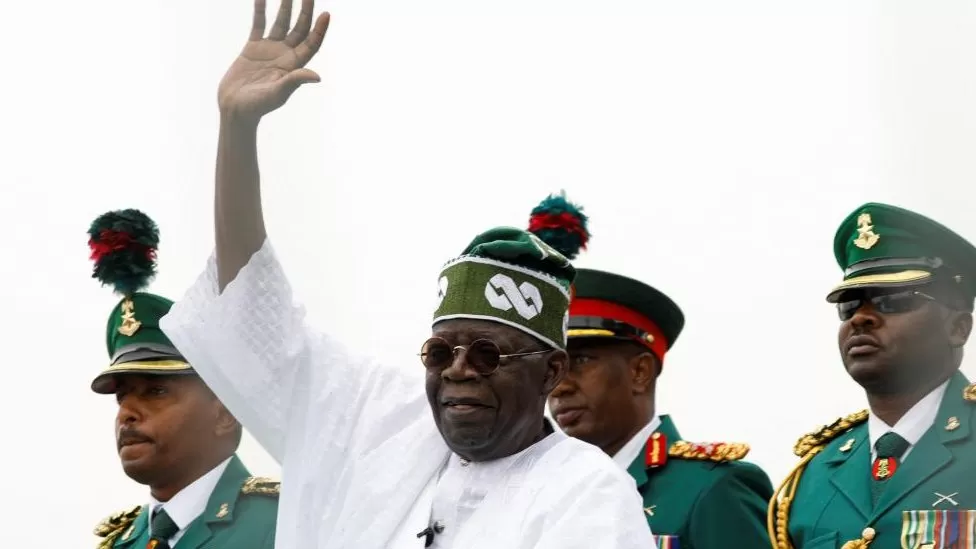Morocco is set to strengthen its air defense deterrence capabilities with the upcoming acquisition of US-made 600 FIM-92K Stinger Block I missiles.
The deal, worth $825 million, was cleared by the State Department with the Defense Security Cooperation Agency saying that Lockheed Martin will serve as the principal contractors for the project.
The new missiles will help Morocco modernize its short-range air defense capabilities against existing and future threats. It will also enhance interoperability with the U.S. and other allied nations.
The announcement came as Morocco and the US brace for the organization of a new edition of Africa’s largest military drills: the African Lion, which came to symbolize the close military cooperation between the two countries.
Manufactured by Raytheon Missiles & Defense, the Stinger is designed to counter low-flying aircraft, helicopters, and, increasingly, unmanned aerial vehicles (drones). The FIM-92K variant, derived from the FIM-92J, is optimized for vehicle-based launchers, incorporating a datalink that allows the missile to receive targeting information from the launching platform’s sensors rather than relying solely on its own infrared seeker.
This enhancement improves accuracy and effectiveness, particularly against small, agile targets like drones. The missile features a dual-stage solid-fuel rocket motor, delivering a range of approximately 4.8 miles and a ceiling of about 10,000 feet. Its high-explosive warhead, equipped with a proximity fuze, ensures lethality even if a direct hit is not achieved, making it particularly effective against UAVs and other small targets.
The Stinger’s infrared homing system, resistant to many countermeasures, allows it to engage targets from all aspects, including head-on, a significant improvement over earlier systems like the FIM-43 Redeye. With a weight of just 33.5 pounds and a length of 59.1 inches, the Stinger remains highly portable, though the FIM-92K’s vehicle integration enhances its operational flexibility.
Morocco, which has the status of a major non-NATO ally for Washington, is the largest purchaser of US military equipment in Africa, including advanced aircrafts such as F16 and Apache helicopters.
In 2020, the U.S. and Morocco signed a 10-year defense cooperation roadmap, extending their collaborative efforts through 2030. This roadmap aims to enhance defense cooperation, forge robust partnerships, and ensure interoperability between the two nations.



